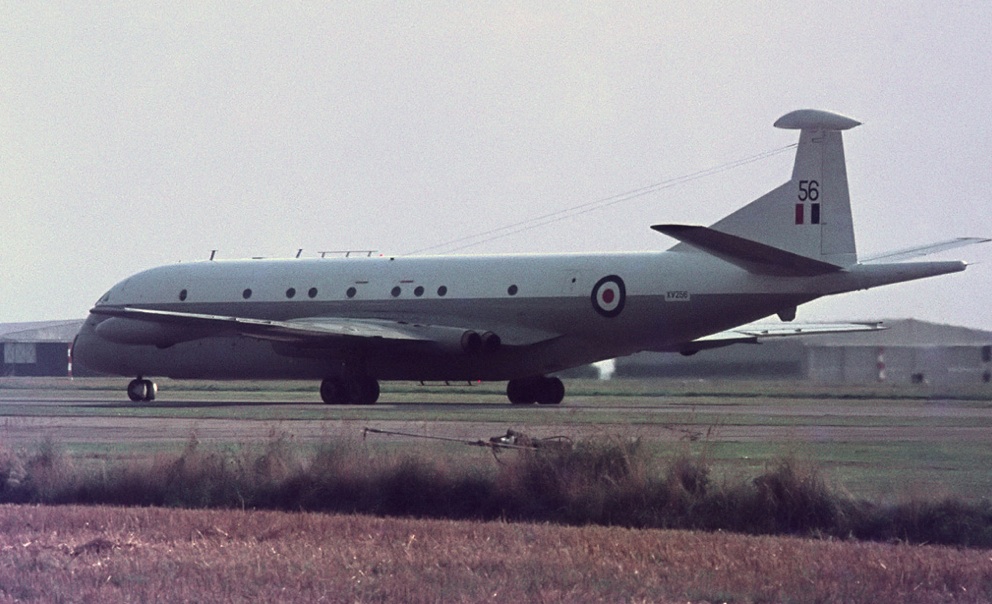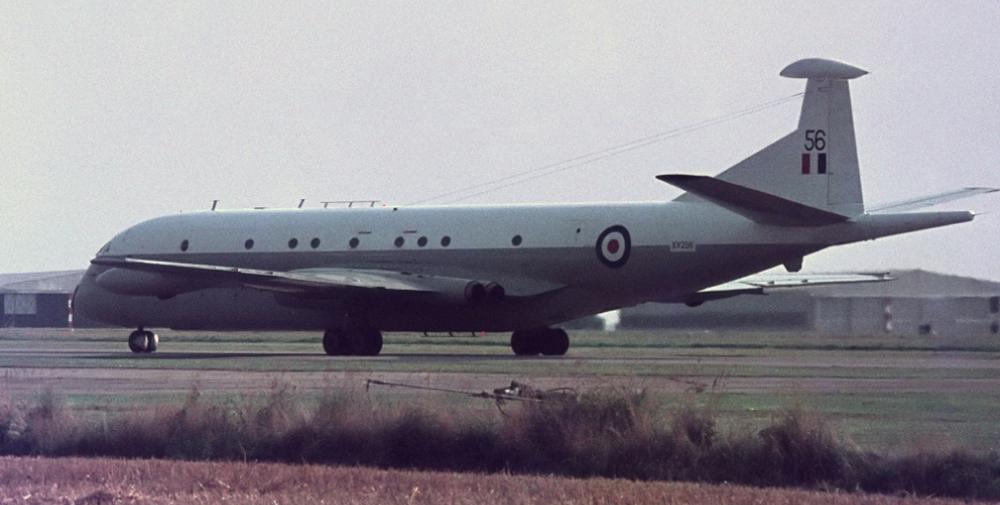Date & Time:
Nov 17, 1980 at 0730 LT
Type of aircraft:
BAe Nimrod
Registration:
XV256
Flight Phase:
Takeoff (climb)
Flight Type:
Survey / Patrol / Reconnaissance
Survivors:
Yes
Schedule:
Kinloss - Kinloss
MSN:
8031
YOM:
1970
Country:
United Kingdom
Region:
Europe
Crew on board:
4
Crew fatalities:
2
Pax on board:
16
Pax fatalities:
0
Other fatalities:
0
Total fatalities:
2
Circumstances:
Just before 07:30 a crew took off in semi-darkness on the final sortie of their conversion from the Nimrod 1 to the Nimrod MR2 aircraft. Being the final sortie, the normal crew was increased to 20 by 5 checking crew and an additional Air Engineer. The surface wind was 070 degrees at 02 kts, with 8 km visibility in rain and a main cloud base of 3000 ft. Engine response and indications during the takeoff run were normal, but shortly after takeoff, at an estimated height of 20 ft, the aircraft flew through a dense flock of Canada Geese flying in arrowhead formation between overnight roosting and daily feeding grounds. It suffered numerous bird-strikes. Almost simultaneously the no.1 engine surged violently, suffering a catastrophic internal failure. The low pressure compressors on the nos 2 and 3 engines were also damaged and, although they continued to run, they produced little thrust. Effectively the fully laden aircraft was being powered by only the No 4 engine which itself may have been damaged. Some 27 seconds after takeoff the aircraft came down on the relatively soft tree-tops of a forest of young pine trees 1300 yards from the end of the runway and was quickly engulfed in flames.
Source: ASN
Source: ASN
Probable cause:
The investigation into the accident established, that the cause was a multiple bird strike which occurred at a critical stage of flight. The aircraft suffered such a severe loss of thrust that maintenance of height and flying speed quickly became impossible. It was the captain's skill in keeping the stricken aircraft airborne long enough to make a very smooth and controlled crash at minimum speed into the treetops that undoubtedly saved, the lives of the 18 crew members. After the accident 77 dead sea birds were found on or near the runway. It is not known how many others were ingested by the aircraft engines."


